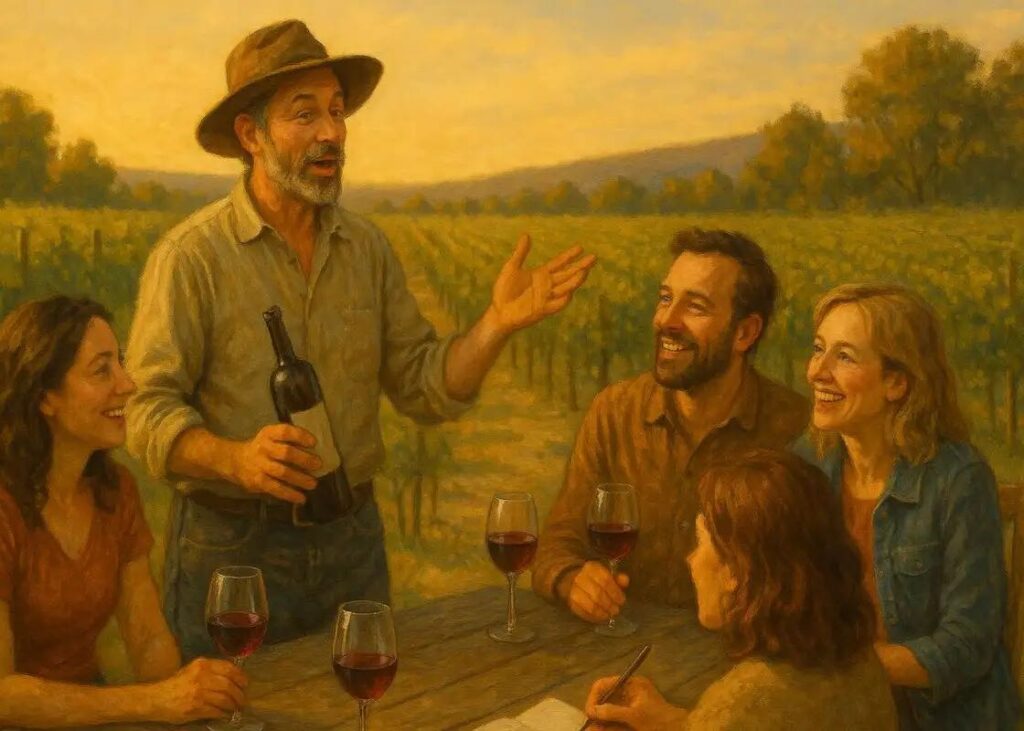
Storytelling - a Secret Ingredient
“Storytelling is an important element in technical writing because it helps establish context, engage the reader, and make more complex information more accessible and memorable.”
This sentence is the introduction associated with a prompt I provided ChatGPT about the importance of storytelling. I’ve been thinking a lot about storytelling this year as I’ve begun writing a book about my Wine Encore journey on Substack.
Recently, I came across the same topic in a newspaper article by Roger Coryell in the Sonoma County Gazette titled “Storytelling: the secret ingredient in wine tourism success.”
For those who may not be aware, the wine industry is currently facing an existential crisis. Members of my generation are aging and drinking less, and younger people aren’t fully embracing the tradition of enjoying wine in social settings.
The author of the article tells the story of how France, whose wine industry was stagnating 15 years ago, used storytelling principles to turn things around. French wine regions began using history, culture, and adventure as a contextual narrative, which provided wine tourists, regardless of age, a way to connect with wine.
Reading the article brought to mind why this approach makes Colorado wine-growing regions such a compelling draw.
There are several captivating elements. Several examples include high terrain studded with canyons and valleys framed by the Rocky Mountains. The beautiful, larger-than-life landscapes support recreational activities, such as skiing, biking, and hiking, with sightseeing integral to Colorado’s outdoor cultural experience.
Since both of Colorado’s wine-growing regions exist in microclimates, farms with produce, orchards, and vineyards stud the landscape. Agrotourism is a mainstay of Colorado’s wine-growing regions. Many farms and wineries open their doors to tourists with seasonal events, small markets, food, and tours within the Rocky Mountain framework.
Colorado wineries can continue to build on this foundation to grow and broaden their customer bases. Storytelling opportunities abound to share how they fit within Colorado’s unique historical, agricultural, and cultural framework, and to convey the challenges of winegrowing and winemaking in Colorado’s western climate; at elevations unheard of in the Northern Hemisphere, if not the world!
Together, this provides a winning strategy to engage people of all ages in the culture of wine.
And let’s not forget the ever-growing quality of Colorado-grown and made wine. As wine writer and Colorado son Alder Yarrow highlights in a recent post on his Vinography website, “The wines I tasted blind at the end of July were, without doubt, the best I have ever had from the state – by a good margin.”
Storytelling brings it all together. I hope this captures your imagination of the fun and adventure possibilities of learning and experiencing Colorado wine. To learn more, go to Colorado’s official wine industry website or the West Elks AVA site.

